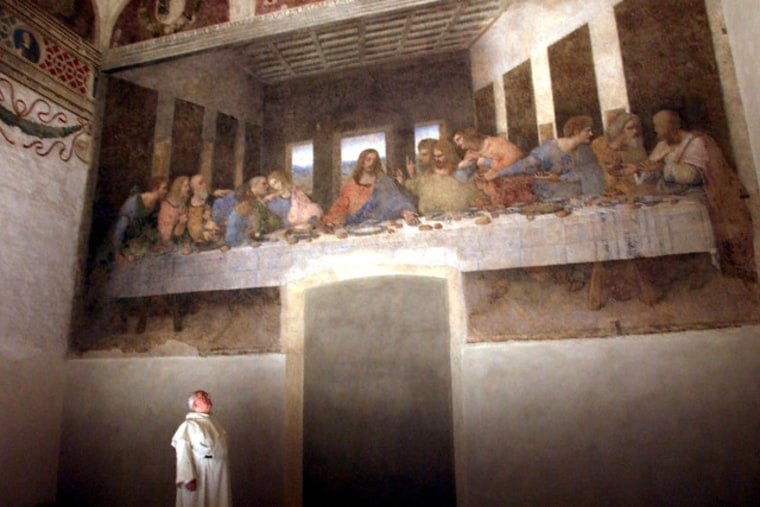This November will mark the 20th anniversary of the crumbling of the Berlin Wall. Built as a means to keep East Germans from escaping to the West, the world’s most sinister wall was a tangible symbol of the Iron Curtain, Communist repression and Soviet imperialism.
Its original purpose was to keep people apart. But nowadays the remaining wall, as one of the German capital’s top tourist attractions and cultural icons, brings people together in ever increasing number.
On any given day, thousands of people crowd around what’s left of the wall near Checkpoint Charlie, the tense Cold War interface between U.S. and Soviet troops. Actors clad in military uniforms pose for photos in front of a replica of the famous border hut.
Vendors sell fur hats, red star badges, vintage gas masks and other Soviet mementos. Anchored near the checkpoint, a hot-air balloon gives visitors a bird’s-eye view of the former frontier. The block-long stretch of wall is down the road from the checkpoint protected by a fence—no small irony—to keep souvenir hunters from chipping off their own chunk of history.
Elsewhere in Berlin, two other portions of steel-and-concrete barrier managed to avoid demolition. More than a hundred artists from around the world were asked to render their own versions of “freedom” on the 1.3-kilometer East Side Gallery, while the restored section along Bernauer Strasse boasts somber memorials to the hundreds who were killed or injured trying to flee to the West.
Throughout 2009, the anniversary of the revolution and fall is marked by a handful of exhibits at the Mauermuseum and East Side Gallery and then in November, the city is planning a three-day festival including a historic reenactment, memorials and forums.
With the activity centered around Brandenburg Gate, the perfect place to stay nearby would be the historic but still regally appointed Adlon Kempinski Hotel, which is offering various packages for the event. But the Berlin Wall certainly isn’t alone.
All around the globe, barriers that were once meant to terrorize, intimidate or repel have become cultural icons and tourism lures that attract millions of visitors each year.
Practically nobody visits Beijing without the obligatory trip to the Great Wall of China. More than 3,900 miles in length, it’s easily the world’s longest wall and one of the largest construction projects ever undertaken. And it keeps getting longer. Using infrared detectors, Chinese government scientists recently located new portions of the wall hidden beneath hills and rivers, part of a multi-year survey to map and document the entire wall for the first time.
Built by the Romans to repel those feisty Scots, Hadrian’s Wall in northern England is now the focus of an 84-mile hiking trail and a 120-mile bike route. The walk takes five or six days, with overnight accommodation in B&Bs, youth hostels, farm stays, hotels and at least one castle. Birdoswald Roman Fort stages a number of living history events including a gladiator school and Roman legion camps.
Of course, not all walls had a military function. Leonardo da Vinci used the back wall of the dining hall at Santa Maria delle Grazie church in Milan as a plaster “canvas” to render "The Last Supper". Pharaoh Ramses III figured the massive walls of his funeral temple in Egypt were as good a place as any to boast about his military exploits—an early example of government propaganda.
The Western Wall, better known as the Wailing Wall by Jews and al-Buraq by Muslims, is an important religious site for both faiths. And then there’s the Green Monster at Boston’s Fenway Park. Batters might find it menacing, but to baseball fans it’s as much a part of the grand old game as peanuts and Cracker Jacks.
